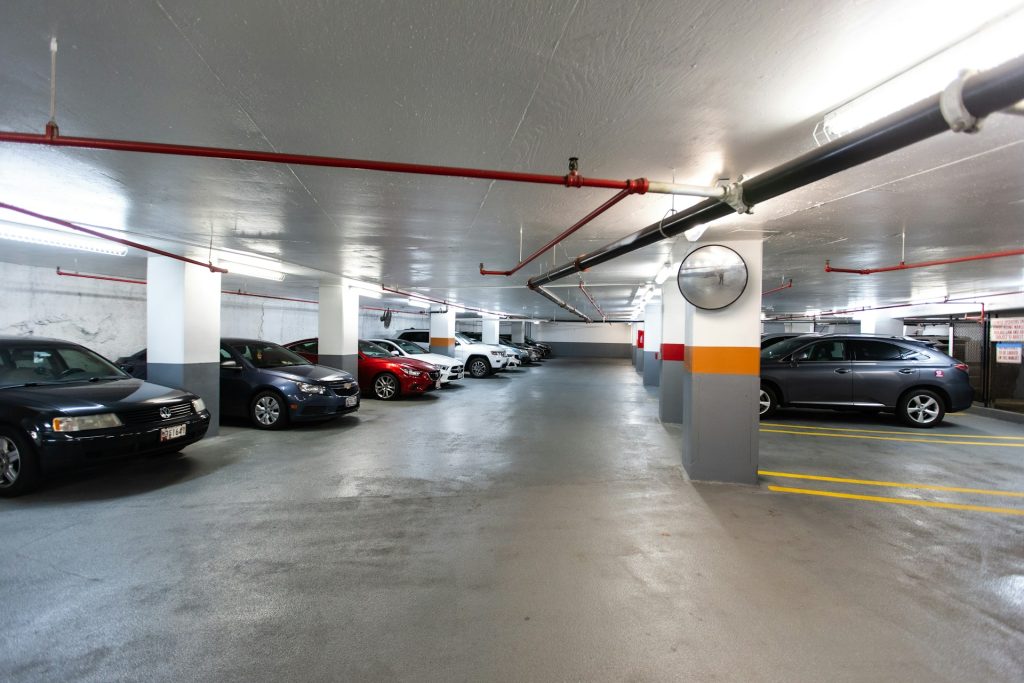Alicante Airport, one of the busiest gateways to Spain’s Costa Blanca, is undergoing significant renovations aimed at enhancing capacity and improving passenger experiences. These renovations, while crucial for long-term benefits, present immediate logistical challenges, particularly concerning parking. Managing parking reservations efficiently during this period is vital for minimizing disruptions and maintaining customer satisfaction. This article outlines strategies and considerations for managing parking reservations effectively during the ongoing renovations at Alicante Airport.
Understanding the Scope of Renovations
The renovations at Alicante Airport are extensive and include expanding terminals, upgrading facilities, and improving the runway. Such large-scale construction can significantly reduce the available parking spaces due to space requisitions and altered traffic patterns. It is essential for airport authorities and parking management teams to thoroughly understand the scope and timeline of renovations to plan effectively.
Communication is Key
Effective communication forms the backbone of managing parking reservations efficiently. Travelers must be kept informed about parking changes well in advance. This includes updates on available spaces, any temporary parking locations, and changes to access routes. Regular updates can be disseminated through the airport’s website, social media platforms, and direct communications via email or mobile apps to travelers who have booked flights from Alicante.
Utilizing Technology
Leveraging technology can significantly streamline parking management during renovations. Implementing a real-time parking reservation system that integrates with GPS and mobile applications can help travelers find parking spots quickly, reducing congestion and frustration. Such systems can also update passengers on-the-fly about parking availability and provide alternatives if the usual spaces are full.
Digital Pre-Booking Systems
Encouraging travelers to pre-book their parking slots can aid in better space management. A robust digital booking system allows passengers to reserve their parking well in advance, ensuring a guaranteed spot upon arrival and reducing the burden on on-site parking staff. This system can also be adjusted in real-time to reflect changes in parking availability due to ongoing construction work.
Flexible Policies
During renovations, unexpected changes can occur frequently. Flexible cancellation and rescheduling policies are crucial to accommodate such uncertainties. These policies will ensure that travelers can make changes to their parking reservations without penalties, fostering goodwill and reducing the administrative burden on parking management teams.
Staff Training and Support
Renovations can create confusing situations for both travelers and staff. Comprehensive training should be provided to all parking management personnel to handle enquiries and guide passengers effectively. Staff should be well-versed in all aspects of the renovations and equipped with real-time information to assist travelers efficiently.
Contingency Planning
Effective contingency planning is crucial for managing parking during airport renovations. This includes identifying and preparing additional parking areas that can be used when the usual spaces are unavailable. Shuttle services from these auxiliary parking areas to the terminal can help maintain convenience for travelers.
Collaboration with Local Authorities and Services
Collaborating with local traffic and municipal authorities can provide broader support in managing increased vehicular load during peak times. This might include adjusting traffic light patterns, improving signage, and possibly even temporarily modifying local traffic regulations to ease congestion.
Monitoring and Feedback
Continuous monitoring of the parking situation and soliciting feedback from travelers can provide insights into what works and what doesn’t. This feedback should be actively sought through surveys and direct communication channels. It not only helps in making immediate adjustments but also aids in planning for future renovations or similar disruptions.
Environmental Considerations
Finally, it is important to consider the environmental impact of increased vehicular emissions due to congestion around the airport area. Implementing green policies such as promoting carpooling, electric vehicle use, and providing efficient public transport links can mitigate some of these impacts.
Conclusion
Managing parking reservations during Alicante Airport renovations requires a multifaceted approach that includes robust communication, technological integration, flexible policies, and effective contingency planning. By adopting these strategies, the airport can ensure that the renovations enhance the facility without compromising on service quality, ultimately leading to a better traveler experience. As Alicante Airport moves towards a more modern and efficient future, it is these thoughtful measures that will help maintain its reputation as a gateway to the beautiful Costa Blanca.
Frequently Asked Questions (FAQs)
What parking options are available at Alicante Airport during renovations?
Alicante Airport offers various parking options despite ongoing renovations. Travelers are advised to use the real-time parking reservation system available on the airport's website to check current availability and book in advance
How can I stay updated on parking changes at Alicante Airport?
Updates on parking during the renovations at Alicante Airport are regularly posted on the airport’s official website, social media channels, and through direct notifications in the airport's mobile app
Are there any flexible policies for parking reservations during the airport renovations?
Yes, Alicante Airport has implemented flexible cancellation and rescheduling policies for parking reservations during the renovation period to accommodate changes without extra charges
Where can I find additional parking if the usual spaces are full?
Additional parking spaces have been arranged near Alicante Airport, with shuttle services available to transport travelers to the terminal. Details and directions are available on the airport's parking reservation system
What measures are being taken to manage traffic congestion around Alicante Airport during renovations?
Alicante Airport is collaborating with local authorities to manage traffic efficiently. This includes adjusting traffic light patterns and improving road signage to facilitate smoother travel to and from the airport
